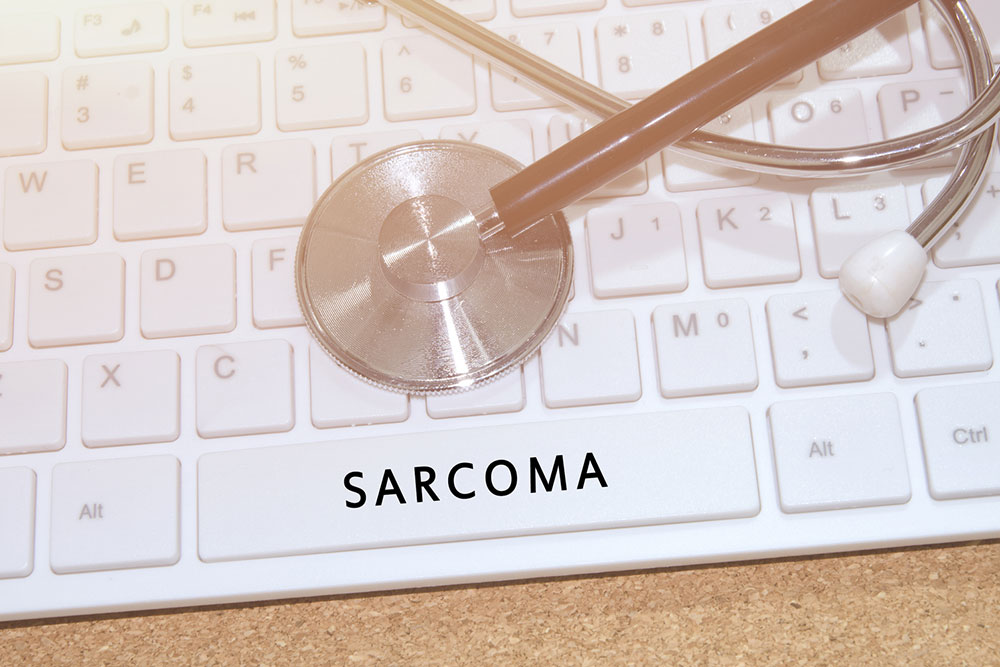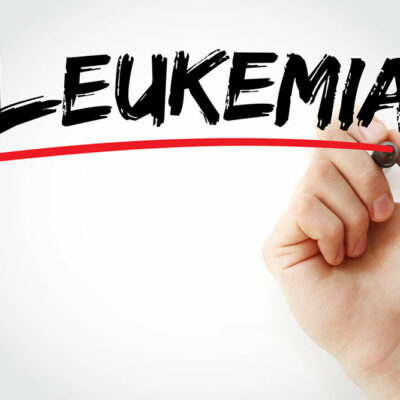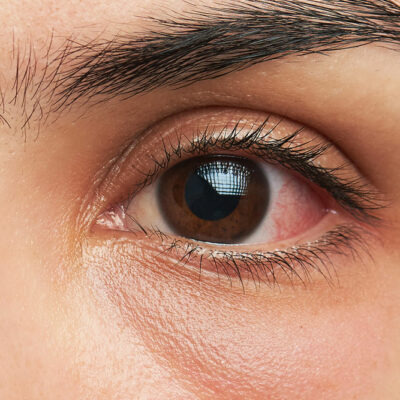
Kaposi’s Sarcoma – Diagnosis and treatment methods
Kaposi’s sarcoma is a type of cancer that develops in the tissue lining the lymph and blood vessels, and it typically affects the face, legs, or feet. In some cases, lesions may be seen on the mouth and genital areas, and it can affect the lungs and the digestive tract in severe cases.
Diagnosis of Kaposi’s sarcoma
Since there are many types of soft cell sarcoma, it is important to determine the type of the tumor before treatment can be started. Several diagnostic tools may be used for this:
Imaging tests
These tests are used to give the doctors a clearer image of the size and positioning of the tumor. It may also be used to determine the extent to which the tumor has spread.
Biopsy
A biopsy involves taking a small sample of the affected tissue and testing it in a lab. The lab tests will examine the tissue sample under a microscope for cancer symptoms and determine how aggressive the cancer is. A biopsy may be conducted in several ways:
- Core needle biopsy
This method helps doctors to obtain tiny tubes of the tumor material. A core needle biopsy may be used to take samples from multiple parts of a tumor. - Surgical biopsy
This is typically used if a larger section of tissue sample is needed. In the case of small tumors, the procedure may involve the removal of the entire tumor, which is then sent for testing to determine whether any other treatment is also required.
There are some other ways for the diagnosis of his cancer as well:
- X-rays
- Magnetic Resonance Imaging (MRI)
- Computerized Tomography (CT) scans
- Positron Emission Tomography (PET)
Treatment of Kaposi’s sarcoma
There are many different ways in which Kaposi’s sarcoma can be treated. The best form of treatment for a patient depends on factors like the patient’s age and overall health, the size, location, and type of the tumor, and such.
Surgery
Surgery is the most common form of treatment for Kaposi’s sarcoma. It involves the removal of the cancerous tumor and some of the healthy tissue surrounding it. In the case of large tumors that affect the arms and legs, surgery may be preceded by chemotherapy to shrink the size of the tumors. This reduces the risk of needing an amputation.
Radiation therapy
Radiation involves focusing high-energy beams on the tumor so as to kill the cancer cells. This may be done before, during, or after surgery to remove the tumor:
- Before : It is given before surgery when the tumor is large and needs to be shrunk.
- During : Radiation given during surgery has the added benefit of being targeted directly at the tumor without affecting the surrounding healthy tissue.
- After : Radiation may also be given after surgery to kill any remaining cancer cells so that the condition does not recur.
Chemotherapy
Chemotherapy involves the use of certain medicines that kill cancer cells. It may be given orally or intravenously.
Targeted drug therapy
This type of therapy is similar to chemotherapy, but the medicines are less toxic.


